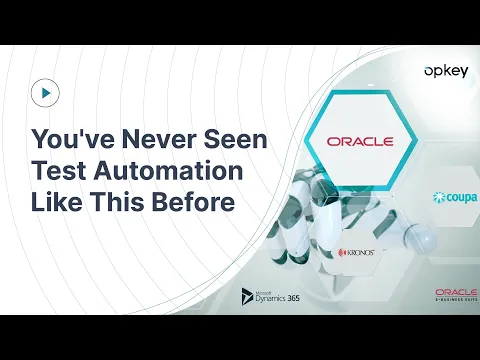Emerging trends in technology have shaped various industries, and software development has become more agile. The dynamic of business needs leads to continuous changes in software, like integration with other software or updating in code.
That’s where testing comes in. It allows organizations to ensure the software’s reliability, scalability, and functionality.
However, progressive testing is one such testing that focuses on testing the new test cases, covering all the potential threats.

Initially, testing used to be done manually, but with the enhancement in technology, automation methods are becoming more adaptable, including progressive automation.
In this blog, we will dive into it and its benefits, approach, implementation, and challenges.
Overview of Progressive Automation Testing
Progressive testing is famously known as automation incremental testing. It refers to testing one module after another once unit testing is completed.
However, it comes under integration testing and is considered a sub-testing technique. Simply put, progressive testing is the approach to performing software integration testing.
Furthermore, progressive automation is an approach to executing every test case with the help of tools like Opkey.
Tools allow you to create a test case that identifies the bugs during the development cycle, enabling you to make quick fixes. Organizations can shorten their testing cycle and increase test coverage.
How is Progressive Testing Different from Regressive Testing?
Regression testing is a traditional method to validate the code change in the existing system that can affect the system’s functionality.
In this process, testing is re-executed on the existing test cases to ensure that functionality of the system is fine.
On the other hand, progressive test automation is a method to validate the software’s new functionality by creating new test cases after integration.
It enhances regressive testing, where new code is tested rather than re-executing the overall test.
Progressive testing reduces the testing time with increased coverage.
Progressive Testing Approaches
Bottom-Up Approach
This approach is also known as inductive reasoning, and in this approach, testing is performed by joining the modules one by one from bottom to top until all the modules are combined.
Testing is performed first on low-level modules, then moves toward high-level modules.
Top Down Approach
This approach performs testing by joining the modules from top to bottom until all the modules are combined.
In the top-down approach, testing is performed on the high-level modules first, then moving toward the low-level modules.
Functional Approach
All the modules are integrated based on functionality in this approach, and testing is performed horizontally.
Functional approach testing is also known as functional increment.
Hybrid Approach
The hybrid approach is a mixture of top-down and bottom-up approaches to get the exploit advantages of both approaches.
Why Should Business Move to Progressive Automation in Software Testing?
Progressive automation starts working parallel with the software development phase, facilitating various benefits to business.
Time-saving
When you choose this testing during software development, it starts finding the potential bug in the early phase of the development cycle.
It saves you money spent on retesting and reduces your efforts to find bugs. This automation testing allows you to re-execute scripts multiple times.
Higher ROI
Incorporating progressive testing in the development can offer you better ROI, reducing the chance of project rejection.
It performs one software module from the initial development time, aiding in the system’s visibility, flexibility, and adaptability.
Risk coverage
After integrating various modules, automation testing allows you to perform end-to-end tests on all new functionality.
You can cover adequate risk with it.
Challenges in Progressive Testing Automation
Incorporating integration testing might offer you numerous benefits, but there are several challenges associated with its implementation.
Test Scripts Maintenance
Maintaining the test scripts is one of the biggest challenges with frequent updates in the application.
It requires repetitive maintenance for the proper functionality of the system.
Test Environment Management
With time, companies modify their application, leading to code changes that require a test environment to perform testing.
Managing and maintaining a test environment is challenging, as it can conflict with existing test scenarios after each change.
End-to-End Testing
It is necessary for every application before launching, but it is difficult to find a platform that can support the entire technology stack. A QA engineer can perform this task with ease.
Version Control and Breaching
With multiple changes, version control can be complex and become challenging in synchronization across different branches.
Implement Progressive Automation Testing With Opkey!
Progressive automation testing is very beneficial for companies to find the potential threat in the early development phase instead of waiting until the application is developed.
It allows testers to find the bugs in each module. Opkey is a codeless tool that can help you automate progressive testing without writing any code for creating test scripts. With its drag-and-drop interface, one can start testing quickly.
Apart from this, it also has AI power self-healing capabilities that fix the broken scripts automatically.
